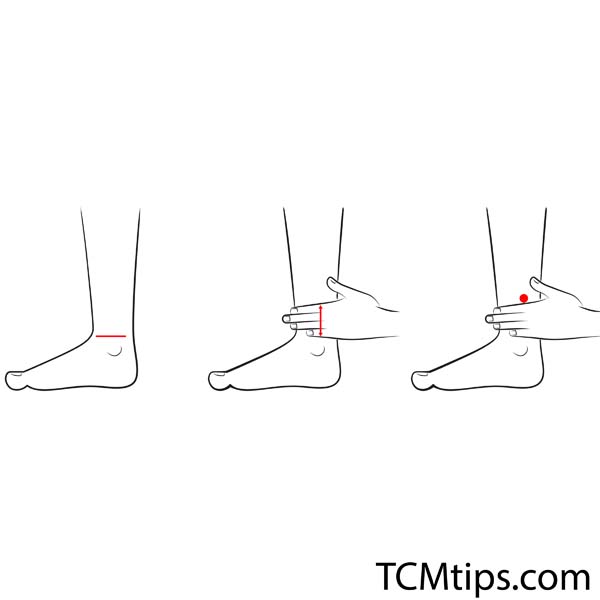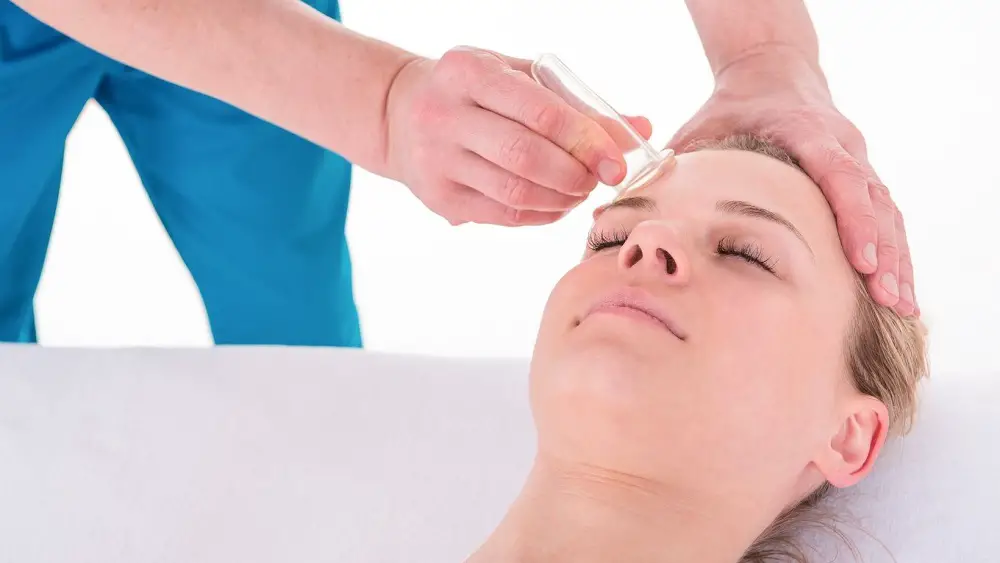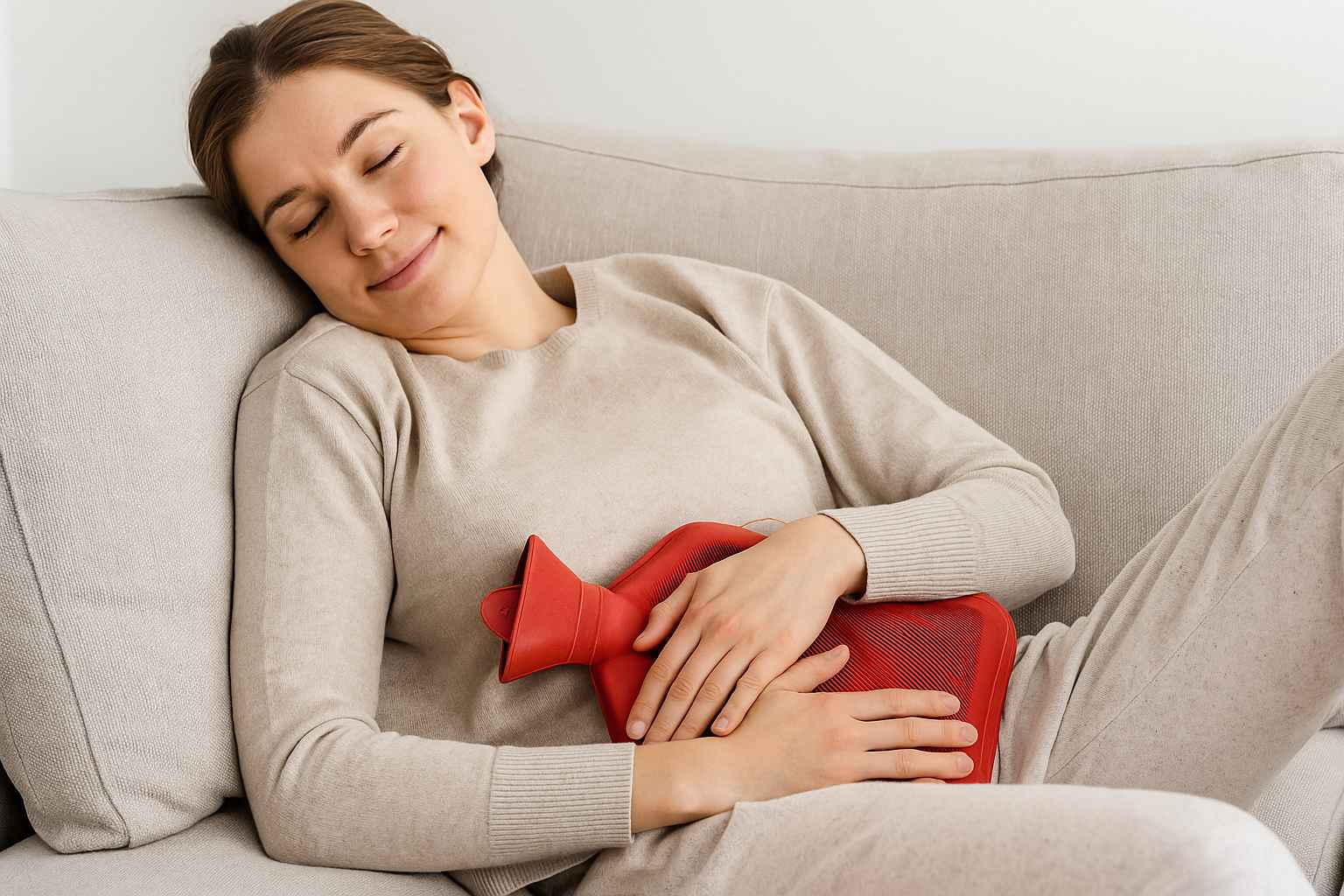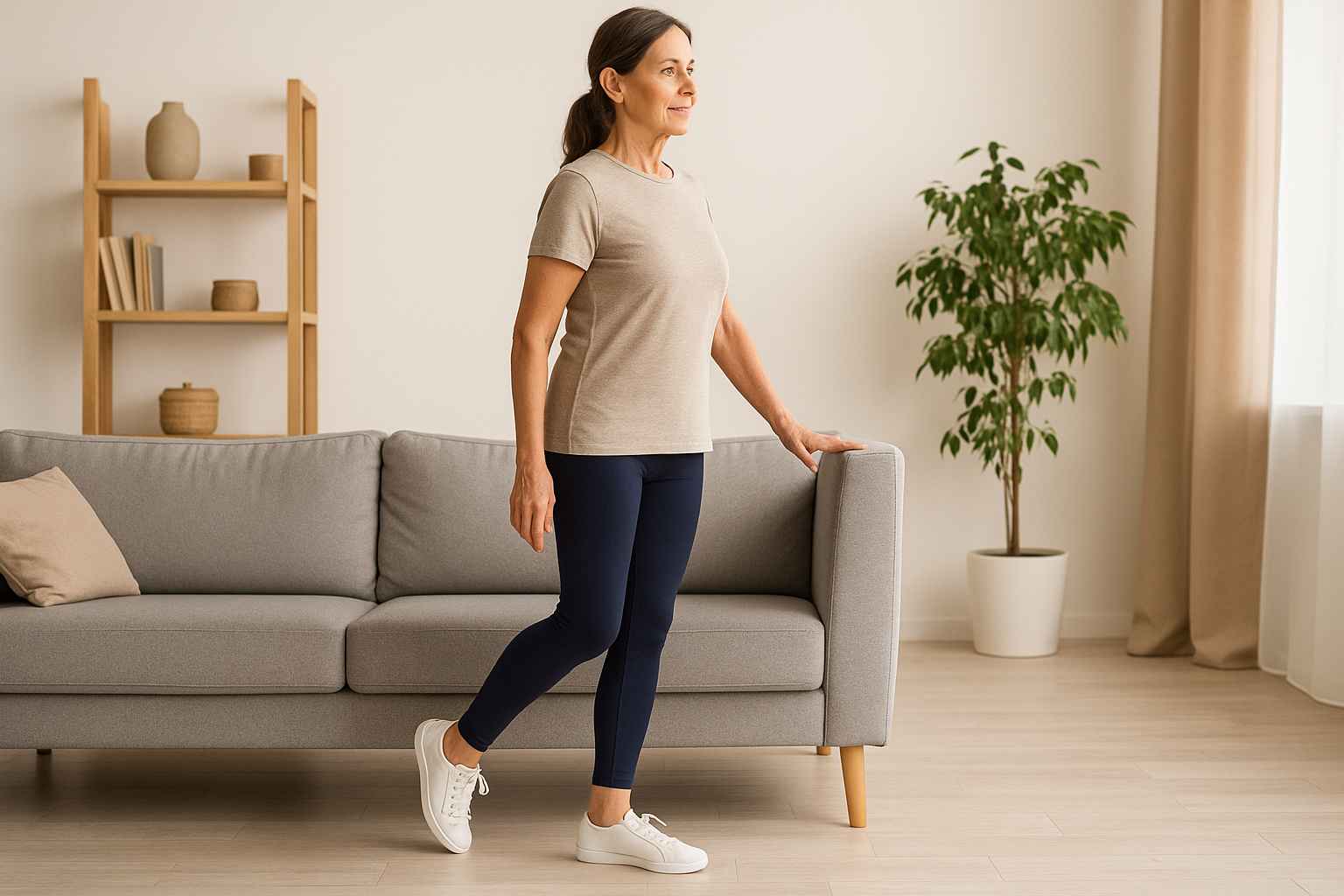Effective Acupressure Points To Relieve Restless Leg Syndrome After Prolonged Sitting
Restless Leg Syndrome (RLS) is a common condition that affects many people, particularly after long hours of sitting at a desk or during extended travel. The constant need to move the legs, tingling sensations, or muscle cramps can be disruptive and uncomfortable. Traditional Chinese Medicine (TCM) offers a natural remedy through acupressure, which involves stimulating specific points on the body to help alleviate symptoms. We consulted Ms. Mai Sogawa, a licensed TCM therapist from Japan, for her expert advice on this topic. You can learn more about her background here.
Ms. Mai recommends targeting a few key acupressure points to help relieve RLS, especially when the discomfort is caused by prolonged periods of inactivity. Below, we will explore these points, their benefits, and how to locate and stimulate them effectively.
Acupressure Points To Help Relieve Restless Leg Syndrome
1. San Yin Jiao (SP-6)

Location: San Yin Jiao (SP-6) is located on the inner side of the lower leg, about four finger-widths above the ankle bone.
Benefits: This point is known to promote overall relaxation and is widely used to address conditions associated with lower body pain and discomfort. Stimulating SP-6 can help alleviate leg cramps, reduce muscle tension, and improve circulation, making it ideal for RLS.
How to Stimulate: Use your thumb to apply gentle pressure to the SP-6 point. Massage the area in a circular motion for 2-3 minutes on each leg, especially after a long day of sitting or standing.
2. Xue Hai (SP-10)

Location: Xue Hai (SP-10), also known as the “Sea of Blood,” is situated on the inner thigh, about two finger-widths above the knee.
Benefits: This point helps to invigorate blood circulation and eliminate blood stasis, making it effective for alleviating pain and numbness in the legs. It’s also known to soothe leg spasms and improve energy flow to the lower body.
How to Stimulate: Using your fingers, apply firm pressure to SP-10 for 1-2 minutes. Perform a gentle kneading motion to further activate the point. Repeat on the other leg for balanced relief.
3. Zu San Li (ST-36)

Location: Zu San Li (ST-36) is located about four finger-widths below the kneecap, along the outer edge of the shinbone.
Benefits: Often referred to as the “Leg Three Miles” point, ST-36 is known for boosting energy, enhancing digestion, and promoting overall leg health. It can relieve fatigue and muscle weakness in the legs, making it particularly useful for people who experience RLS due to extended periods of inactivity.
How to Stimulate: Use the pads of your fingers to apply moderate pressure on ST-36, massaging in a clockwise direction for 2-3 minutes on each leg. This point can be stimulated daily to maintain healthy leg function.
4. Cheng Shan (BL-57)

Location: Cheng Shan (BL-57) is found in the middle of the calf muscle, between the Achilles tendon and the lower part of the knee.
Benefits: This point is particularly effective for relieving leg cramps, tension, and stiffness in the calves, which are common symptoms of RLS. Cheng Shan is also known to benefit conditions like sciatica and lower back pain, providing an overall relaxing effect on the lower extremities.
How to Stimulate: Press firmly on BL-57 with your thumb, using deep and steady pressure. Maintain this hold for 1-2 minutes, and then switch to the other leg. Regular stimulation can help ease the discomfort associated with restless legs.
Tips for Using Acupressure Effectively
In addition to the specific points recommended by Ms. Mai, incorporating these general tips can enhance your acupressure routine:
- Find a Comfortable Position: Sit in a relaxed posture with your legs supported. You can perform acupressure on your own, or ask a partner to help with harder-to-reach points.
- Breathe Deeply: Deep breathing enhances the relaxation effect of acupressure. Inhale slowly and deeply through your nose, and exhale gently through your mouth as you stimulate each point.
- Use Steady Pressure: Apply consistent pressure that feels firm but not painful. Adjust the intensity based on your comfort level.
- Repeat Regularly: For chronic symptoms, regular acupressure sessions (daily or every other day) can be beneficial. Aim for 5-10 minutes per session to see the best results.
Lifestyle Adjustments to Support Leg Health
While acupressure can provide immediate relief for RLS, certain lifestyle adjustments can prevent the condition from recurring:
- Take Frequent Breaks: If you have a desk job or sit for long periods, take short breaks to stand up, stretch, and walk around every 30 minutes.
- Stay Hydrated: Dehydration can contribute to muscle cramps and discomfort. Drink plenty of water throughout the day to keep your muscles healthy.
- Exercise Regularly: Gentle exercises such as walking, yoga, or tai chi can keep your leg muscles strong and flexible, reducing the chances of RLS flare-ups.
- Adjust Your Sitting Posture: Avoid crossing your legs for long periods, as it can restrict blood flow. Instead, sit with your feet flat on the floor and your legs comfortably spaced.
Final Thoughts
By incorporating acupressure into your daily routine, you can effectively manage and reduce the symptoms of Restless Leg Syndrome caused by prolonged sitting. Using the key acupressure points—San Yin Jiao (SP-6), Xue Hai (SP-10), Zu San Li (ST-36), and Cheng Shan (BL-57)—recommended by Ms. Mai, you’ll be able to alleviate discomfort and promote better leg health naturally. However, if symptoms persist, consider consulting a healthcare professional to explore other complementary treatments.

Try our Anti-Aging Gua Sha Tool designed to bring out your skin’s natural glow.
Best Gua Sha Product- Anti-Aging: The tool is designed to target 11 specific aging signs such as wrinkles and sagging skin. By following the 7-step routine, users can improve skin firmness and reduce fine lines naturally.
- Enhances Skincare Routine: It works effectively with serums and lotions, boosting absorption and efficacy of skincare products.
- Visible Skin Improvement: Users can expect a smoother complexion, reduced puffiness, and a more youthful appearance.
 P. Sze
P. Sze 

















